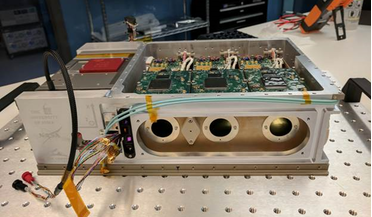 23 July 2018
Small box with big designs to find the missing matter in the Universe
23 July 2018
Small box with big designs to find the missing matter in the Universe
Winging its way through space is a small box with a mammoth task ahead of itself. Weighing around...or in galactic halos; outlying regions surrounding individual galaxies. Indeed the Milky Way has one and HaloSat will study X-rays that are fired off ...
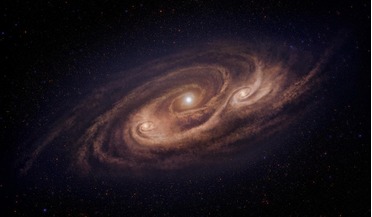 30 August 2018
Unstoppable monster galaxy puzzles and enlightens astronomers
30 August 2018
Unstoppable monster galaxy puzzles and enlightens astronomers
... of which are thought to be ancestors of massive galaxies like the Milky Way in today's Universe. This behemoth is ‘only’ just over a ...and star formation continues at a moderate pace. In this way star formation in galaxies is self-regulating. But, in...
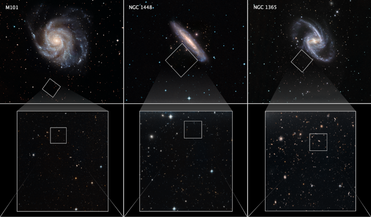 17 July 2019
New measurement deepens mystery of Universe’s expansion rate
17 July 2019
New measurement deepens mystery of Universe’s expansion rate
... that distant galaxies were whizzing away from our own Milky Way at incredible speeds. This led to the notion that..., and as such astronomers can capitalise on this known quantity as a way to measure their distance. In this case it was a team of ...
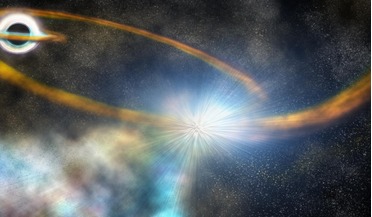 27 September 2019
TESS sees its first rare star-shredding event
27 September 2019
TESS sees its first rare star-shredding event
...000 to 100,000 years in a galaxy the size of our own Milky Way. Supernovae, by comparison, happen every 100 years or so. Fortunately, scientists ...turns out that ASASSN-19bt is unusual in several of ways. Its host galaxy is more dust-filled and younger...
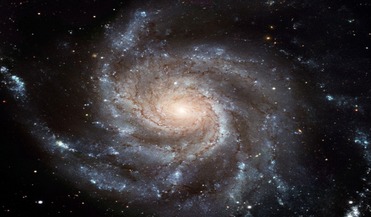 03 June 2020
New study challenges the assumption that the Universe doesn't spin
03 June 2020
New study challenges the assumption that the Universe doesn't spin
...around space, you'll see that a lot of things including the Milky Way are spinning too. So does that mean the Universe does as... allows us to observe the Universe in a completely different way," Shamir said. His results showed that when comparing the ...
 20 November 2020
The iconic Arecibo Observatory to be demolished due to safety concerns
20 November 2020
The iconic Arecibo Observatory to be demolished due to safety concerns
... technologically advanced civilisations. And, although we now know that billions of exoplanets could potentially be residing in the Milky Way thanks to telescopes such as Kepler, the first was discovered using Arecibo in 1992. The famous radio dish...